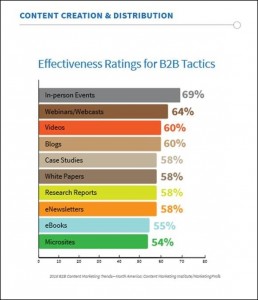— May 3, 2019
These days, a lot of us are skeptical about just how much we can trust the news, our politicians, and our social media feeds. At the very least, we’d like to be able to trust the people we work with—to be able to take people at their word and to know that there are standards of accountability in place.
The fancy word for that is transparency, and it’s one of those things that every leader craves—but how do you achieve it? As with so many things, I think it boils down to your culture. You either have a culture that promotes transparency, or you don’t.
In today’s post, I’d like to share just a few quick thoughts on how a culture of transparency is established.
 Establishing a Culture of Transparency
Establishing a Culture of Transparency
Be responsive. One of the most important things you can do is shoot straight with your employees, providing them with prompt and clear answers to their inquiries and concerns. Transparency starts when leaders get serious about sharing what they know and leaving no question unanswered.
Hold a Q&A. Along the same lines, I’ve known some companies to hold regular (monthly? quarterly?) no-holds-barred Q&A sessions with employees, and there can definitely be some benefit to that.
Keep people posted. As big changes come down the pipeline, be proactive in keeping employees in the loop. They shouldn’t have to come to you again and again for updates on the new product line or merger. You should take the first steps toward keeping everyone up to speed.
Hold performance reviews. Candidly assessing employees in a formal setting—and also giving them the chance to share their feedback—is a critical step in the transparency process.
Focus on transparency during the recruiting stage. Finally, keep transparency in mind as you recruit—seeking candidates who you perceive to be honest and authentic, and talking with them about the company’s high standards for transparency.
Business & Finance Articles on Business 2 Community
(61)
Report Post






